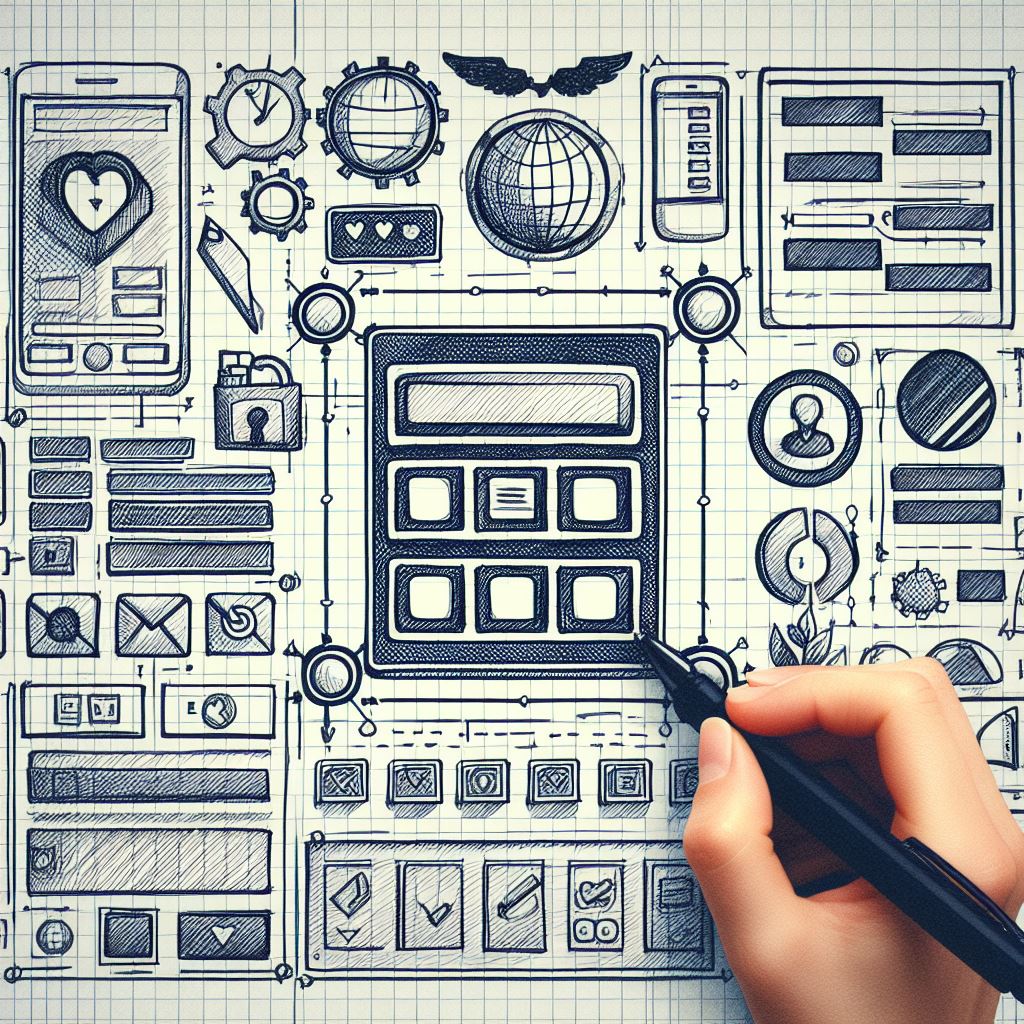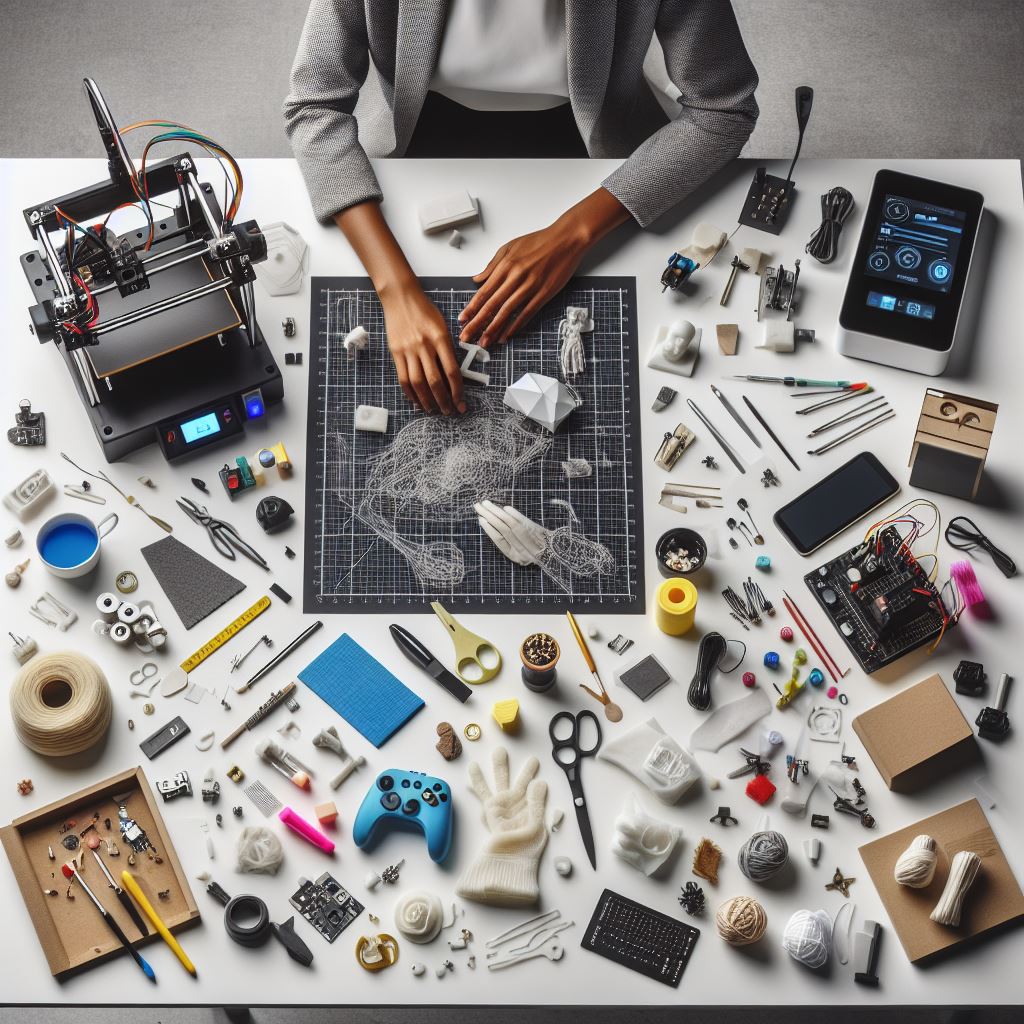When developing a pathbreaking product, time is often the scarcest resource. For product managers, the pressure to continuously innovate while ensuring a project stays on track can be immense. But what if there was a way to test ideas quickly, efficiently, and cost-effectively before committing significant resources? Enter the world of rapid prototyping – a strategy that is revolutionizing the way products are designed, tested, and launched.
Introduction
Imagine holding a physical manifestation of your newest product idea in your hands, mere days after conceiving it. Envision presenting a fully interactive software application to your stakeholders, long before the final development phase begins. This is the power of rapid prototyping – it turns abstract concepts into tangible, testable prototypes at breakneck speed. In this article, we’ll explore the ins and outs of rapid prototyping and reveal how product managers can leverage it to streamline their development process, enhance product quality, and wow their customers.
The Essence of Rapid Prototyping
Rapid prototyping refers to a group of techniques used to quickly fabricate a scale model of a physical part or assembly using three-dimensional computer-aided design (CAD) data. It’s not confined to physical products; rapid prototyping techniques are equally valuable in developing software applications.
A Closer Look at the Techniques
- Software Prototyping Tools: Tools like Sketch, InVision, and Adobe XD allow designers to create lifelike mockups of software applications, complete with user interaction.
- 3D Printing (Additive Manufacturing): From sleek consumer gadgets to complex mechanical components, 3D printing can create almost anything you can design on a computer.
- Rapid Tooling: Ideal for when you need more than a handful of prototypes, rapid tooling can produce molds quickly to support small batch production.
Benefits of Rapid Prototyping
- Accelerated Feedback Cycle: Quickly test concepts with users and stakeholders to gather feedback when it’s most valuable – before finalizing designs.
- Cost Reduction: Identifying design flaws early means fewer costly corrections later.
- Improved Stakeholder Engagement: Physical models or interactive software prototypes make it easier for stakeholders to understand your vision and provide meaningful feedback.
- Enhanced Creativity: The fast turnaround time encourages experimenting with novel ideas without significant time or financial investment.
Implementing Rapid Prototyping in Your Workflow
- Define Your Goals: Clearly outline what you hope to achieve with your prototype. Is it to test a specific function, or to assess user interaction with the design?
- Choose the Right Technique: Select a prototyping method that best suits your project’s needs. Consider factors like fidelity, material, and complexity.
- Iterate Relentlessly: Use feedback to refine your prototype. Rapid prototyping’s strength lies in its ability to quickly incorporate changes and test anew.
- Communicate and Collaborate: Work closely with your design and development teams to ensure the prototypes accurately reflect the intended design and functionality.
How Design sprints can help in Rapid Prototyping?
A Design Sprint is a structured and time-constrained process aimed at rapidly solving problems and validating ideas through collaborative design and prototyping. It was developed by Jake Knapp and his team at Google Ventures (now called GV) and is outlined in their book “Sprint: How to Solve Big Problems and Test New Ideas in Just Five Days”.
Here’s an overview of the typical process involved in a Design Sprint:
- Understand: The team starts by understanding the problem or challenge they are trying to solve. This involves gathering insights, conducting research, and defining the goals of the sprint.
- Diverge: Through brainstorming sessions and ideation exercises, team members generate a wide range of ideas to address the problem. The emphasis is on quantity and creativity, with the goal of exploring different perspectives and potential solutions.
- Decide: The team evaluates the generated ideas and selects the most promising ones to pursue further. Decision-making techniques such as dot voting or consensus building may be used to prioritize ideas.
- Prototype: Using rapid prototyping techniques, the team creates a tangible representation of the selected ideas. Prototypes can take various forms, including sketches, wireframes, or even physical models, depending on the nature of the problem.
- Test: The prototypes are presented to users or stakeholders and tested for feedback. The goal is to quickly gather insights and validate assumptions about the proposed solutions. Testing can be conducted through interviews, usability tests, or other methods to understand how users interact with the prototypes.
Design Sprints are typically structured to take place over a period of five consecutive days, with each day dedicated to a specific phase of the process. By compressing the design and testing cycle into a short timeframe, Design Sprints enable teams to rapidly iterate on ideas, validate assumptions, and make informed decisions before investing significant time and resources into development.
Design Sprints are particularly useful for startups, product teams, and organizations looking to accelerate innovation, explore new ideas, and solve complex problems in a collaborative and efficient manner. They provide a structured framework for cross-functional teams to work together, leverage diverse perspectives, and move quickly from ideation to validation.

What has worked best for me is just scribbling down the designs on a piece of paper before starting discussions with stakeholders, even designers.
A lot of times you may not have enough designer bandwidth available and these skills will always come in handy.
Case Studies: Rapid Prototyping in Action
The Smartphone That Felt Right in Your Hand
A leading tech company used 3D printing to prototype new smartphone designs. This allowed them to physically test how comfortable the phone felt in users’ hands, leading to subtle but important design tweaks that significantly improved user satisfaction.
A Software That Delighted From the Start
A food tech startup startup in India, developed a prototype of their app using a software prototyping tool, enabling them to test and refine the user interface before any major coding began. The result was a user-friendly app that delighted its users from the very first version.
Over the last 5+ years they have relied heavily on Rapid Prototyping and churned out one of the best food ordering experiences I have ever had, and continue to do so.
Conclusion
Rapid prototyping is not just a tool for designers and engineers; it’s a strategic asset for product managers. By enabling faster feedback loops, reducing development costs, and fostering innovation, rapid prototyping can significantly enhance the product development process. It empowers product managers to explore more ideas, test more thoroughly, and launch with confidence. So, whether you’re developing the next generation of smartphones or a groundbreaking software application, remember the power of prototyping. Your customers, and your bottom line, will thank you.



